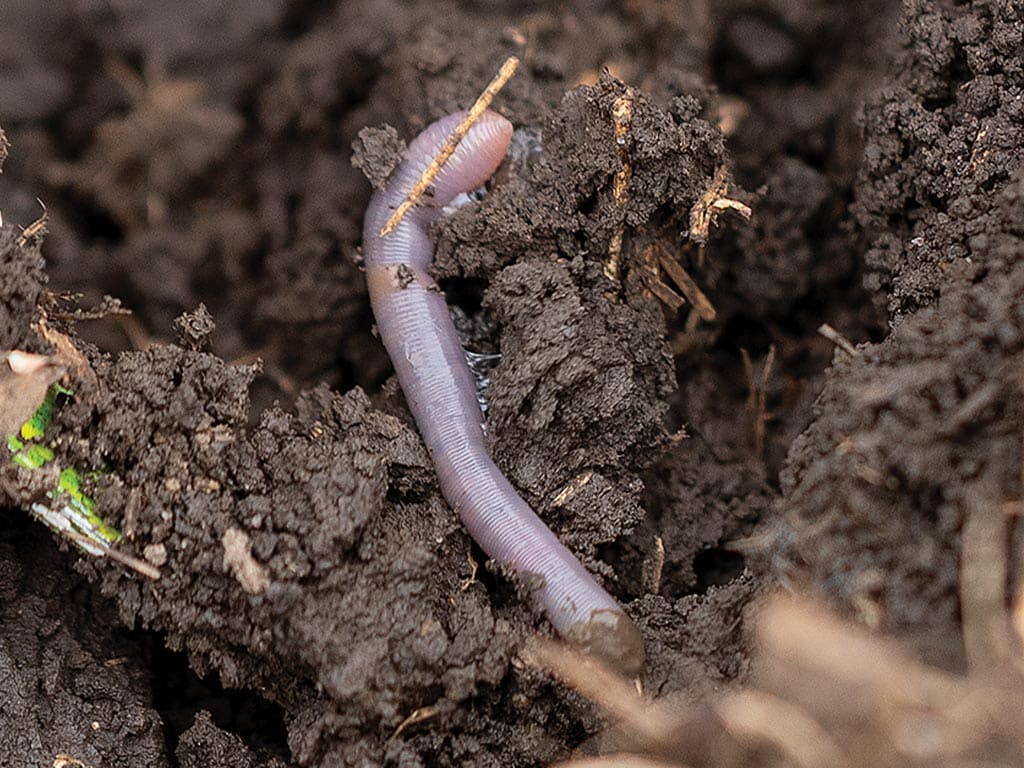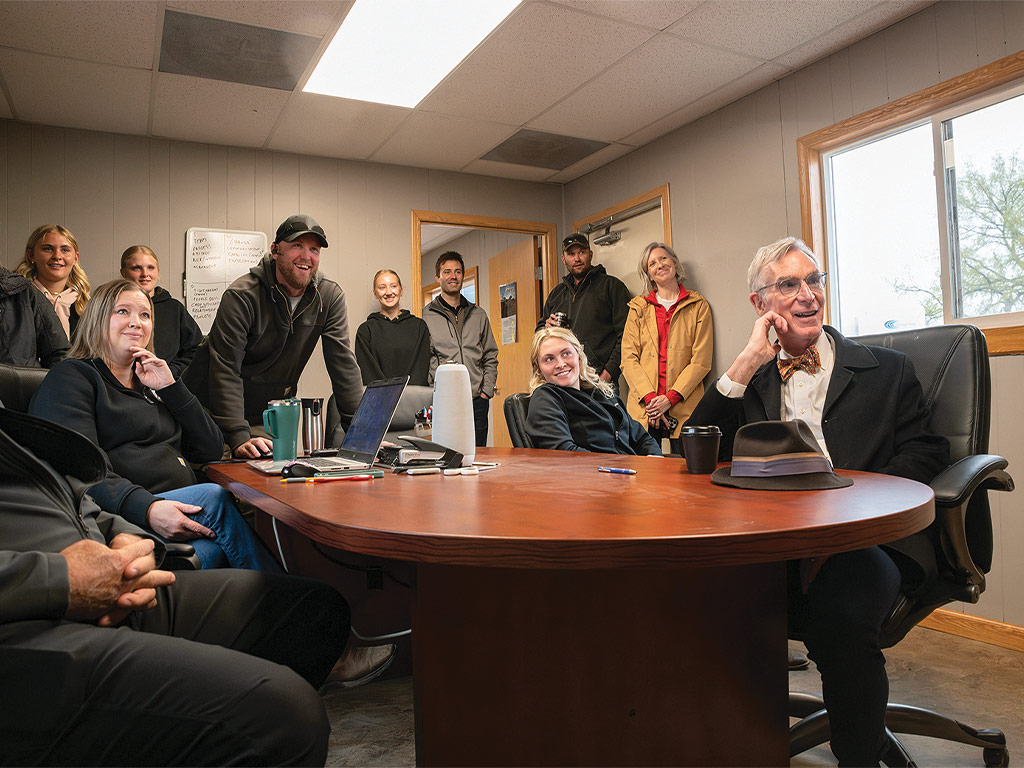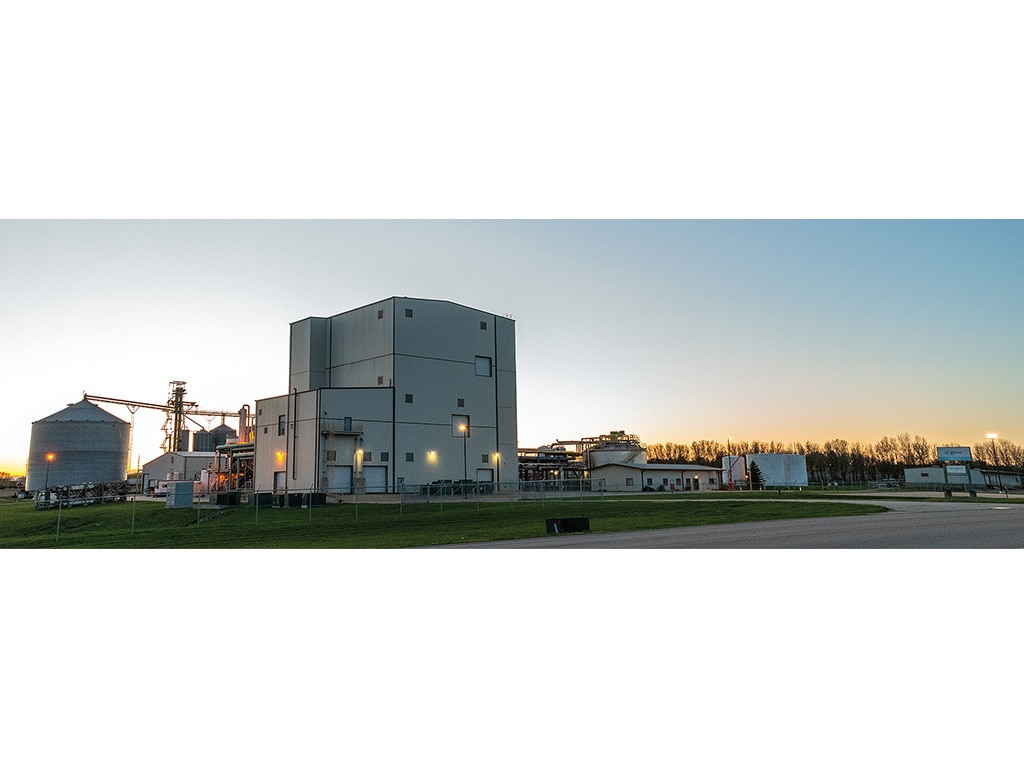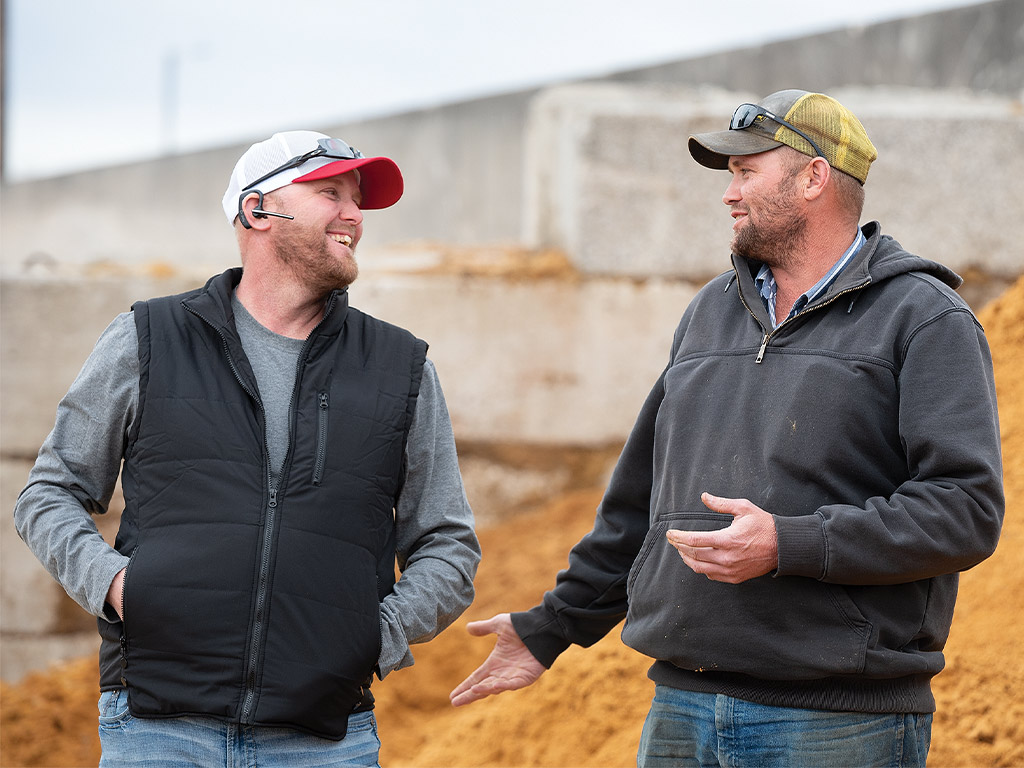Agriculture, Sustainability September 01, 2024
Farmers Fueling the Future - Taking Corn Higher
Meeting the ground crew behind clean jet fuel.
by Katie Knapp
The day Bill Nye 'The Science Guy' comes to your farm to talk about jet fuel is one for the books.
Shawn and Mike Feikema run their family's 7,000-acre row crop and 6,000-head beef farm in southwestern Minnesota. They know exactly what works across their acres and feedlot, what doesn't, and most importantly, why.
Continuously analyzing their data year after year has led them to transition their fields to no-till and strip-till, seek different grain marketing options, and feed younger calves and beef-dairy crosses.
One market the Feikema brothers have begun to rely on is local biofuels production. When starting to take the crop management reigns from his dad and uncle, Shawn remembers working hard to develop a relationship with a nearby ethanol plant.
"I wanted [the buyer] to call me first because he knew I could deliver no matter what," he recalls.
Now much of their corn and soybeans go to local ethanol and biodiesel processing facilities, and their cattle eat the DDGS (distiller's dried grains with solubles).
"It is a cycle that really works for us," Shawn adds.
As they continued to drill deeper into their data, they also invested in sharing their farm's story. They started years ago sending all their landlords DVDs at the end of each season.
Gevo, a Colorado-based biofuels company, bought the farm's closest ethanol plant in 2010 as part of its plan to produce sustainable aviation fuel (SAF).
After that is when Feikemas' passion for precision, sustainability, and promoting modern agriculture combined in an unimaginable way—and led Bill Nye to visit their farm earlier this year.
Above. The Luverne, Minn., ethanol plant, now owned by the biofuels company Gevo, plays an important role in sustainable aviation fuel (SAF) production. The company regularly brings stakeholders and influencers, such as Bill Nye, to nearby Feikema Farms to see how 'climate smart' feedstocks are grown in healthy soils and how DDGS are fed. Shawn and Mike Feikema raise 7,000 acres of row crops and feed out about 6,000 head of beef cattle a year near Luverne, Minn., where their grandfather started in 1950 with dairy cows, chickens, and a few hundred acres.
Ready for takeoff. Paul Bloom, Gevo's chief carbon officer, says, "The biofuel technology is ready, and farmers are already growing low-carbon feedstock. We need to share the story as much as possible about what SAF really means for sustainability, for both fuel and our food supply."
Gevo astutely decided to directly teach airline sustainability teams and their corporate customers that the benefits of SAF begin on the farm. They now regularly bring teams to Luverne, Minn., and Feikemas help show how SAF made from corn like theirs can make a difference.
Those who come to Feikemas' (most of whom have not been on a commercial farm) are consistently surprised by what farmers actually do and the recordkeeping involved. They quickly realize their preconceived notions are not always accurate, Bloom says.
Shawn, Mike, and their wives walk the guests through every facet of the operation.
They discuss how reducing tillage has reduced wind and water erosion. They point out why they apply certain pesticides and herbicides. They show what can hurt yield throughout the season and how the cattle are an integral part of the farm's sustainability.
Visitors often ask about how biofuels impact food security.
Bloom says, "I've been working in this industry for more than 20 years, and the conversation is still stuck on food versus fuel. Those we bring to the farm see the interconnectedness of biofuels, animal feed, and food. They leave realizing farmers are not only doing what [stakeholders] hope is possible from a carbon reduction standpoint but that farmers have the data to prove it."
Nye's visit in May was similar. "I wanted to learn about sustainable jet fuel," he said earnestly.
Before becoming the well-known science entertainer he is now, Nye started his career at Boeing as a mechanical engineer.
Feikemas told Nye how new technology helps them track each step more closely and make significant improvements faster.
"Our dad and uncle tried no-till in the 1990s, and it didn't work. They didn't have the right tools," Shawn explains. "Just 10 years ago, we were keeping all our records by hand. Now it is all in the cloud, and we control everything with sub-inch accuracy. We can manage the farm to a level that has never been possible."
Like many other visitors, Nye blurted out an emphatic "Wow!" when Shawn described how small the amount is of active ingredient in a herbicide application.
Showing people that a cloud full of data exists and introducing them to the real people and families doing the work is proving to change the biofuels narrative, according to Bloom. Real understanding, he says though, happens when people see and touch what cannot be conveyed in presentation slides.
"Everything is so big," Nye said while standing nose to nose with one of Feikemas' tractors. "My uncle had a farm in Indiana, and as a kid I would ride in the tractor, you know. I'm amazed by the scale and accuracy of it all now."
Bloom says the next step to get SAF off the ground is to "help farmers track and get credit for their 'climate smart' practices." ‡
Read More

SPECIALTY/NICHE
The Battleship "Pumpkin"
Grow the pumpkins. Row the pumpkins.

AGRICULTURE, FARM OPERATION
A Hot Deduction on New Land
Residual fertilizer cuts costs of farmland purchases.







